When is Dogs In The Wild: Meet The Family on TV?
The first episode of Dogs In The Wild: Meet The Family is due to air on BBC One on Wednesday 28th December 2022.
The series will be available to watch on BBC iPlayer.
What is Dogs In The Wild: Meet The Family about?
Dog lovers rejoice! At last we have a whole series devoted to the canids of our world from the BBC Studios’ Natural History Unit.
Across the three episodes, there are beautiful characters who take turns to be centre stage. The series kicks off with the Tibetan fox. This is the world’s highest dwelling fox species and “a shapeshifter, who can hide in plain sight”. Living in the harsh environment of the Tibetan plateau, the canid must hunt pika (a small lagomorph mammal) to survive – without any tree cover to rely on to help it hunt. The species is adorable, with its comically wide head and big fluffy tail, but the series goes into cuteness overload when three young kits appear on screen, tumbling around with each other.
Other featured members of the family include the talkative group of dholes that must work together to survive in the rainforest; the tiny fennec fox that’s adapted to the harsh desert environment; and the African wild dogs that use sneezing to communicate and make decisions as a pack.
The final episode focuses on the scientists working to understand and save the various members of this mammal family.
Who is narrating Dogs In The Wild: Meet The Family?

Dogs In The Wild: Meet The Family is narrated by the wildlife conservationist and presenter Chris Packham.
More programmes with Chris Packham:
Which species feature in Dogs In The Wild: Meet The Family?
The series features a variety of canid species around the world, including:
Tibetan fox (Vulpes ferrilata)
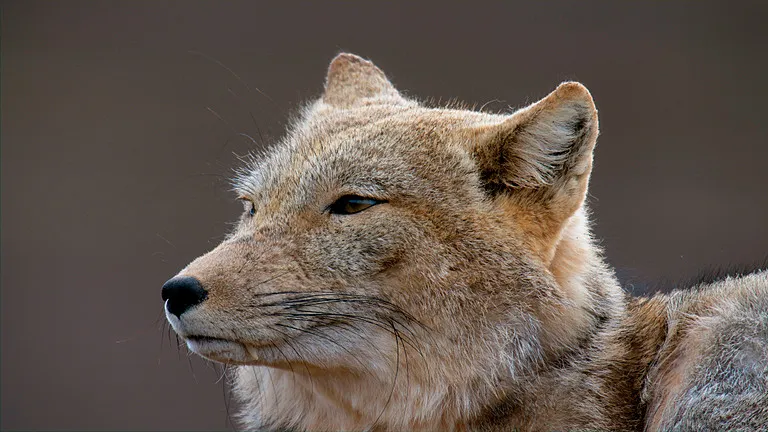
Also known as the Tibetan sand fox, this canid is only found at high elevations (between 3,500 to 5,200m) on the Tibetan Plateau and the Ladakh plateau. It hunts primarily on pikas and rodents. An image of a Tibetan fox hunting a marmot was chosen as the winning image for the Wildlife Photographer of the Year 2019 competition.
Swift fox (Vulpes velox)

Found in the Northern Great Plains of North America, swift foxes now occupy less than half of their historic range and are threatened by a lack of suitable habitat, predation by coyotes, and vehicle collisions. In the southern part of its range, its population overlaps with the kit fox, which is a closely related species and the two species are known to occasionally.
Grey fox (Urocyon cinereoargenteus)
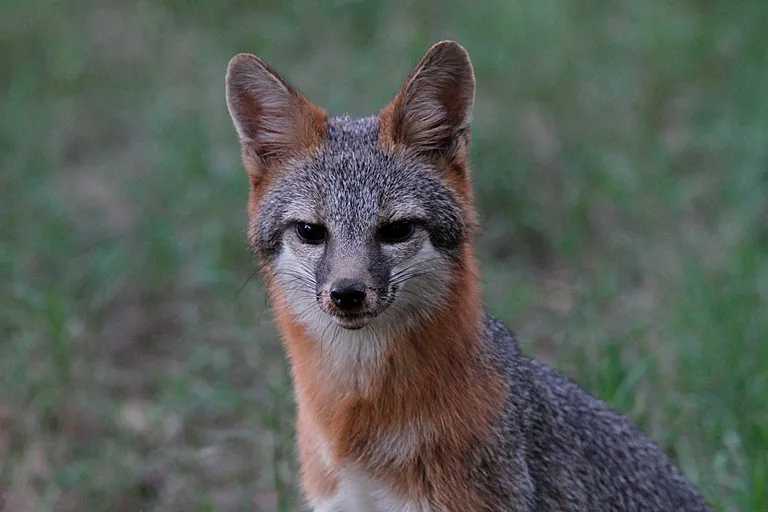
A common species across North and Central America, the grey fox (or gray fox if you’re in America) is one of only two extant (living) species in the Urocyon genus. The other is the closely related island fox, which is endemic to six of the eight Channel Islands of California. The specific epithet of ‘cinereoargenteus’ translates to ‘ashen silver’, referring to the colour of its tail. The grey fox is skilled at climbing trees, to either escape from predators or to reach food in trees.
Dhole (Cuon alpinus)
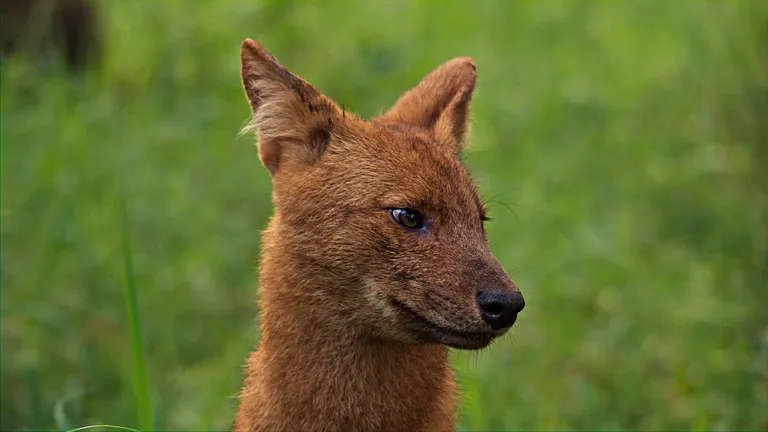
Also known by a variety of other names, including Asian wild dog, Asiatic wild dog, Indian wild dog, whistling dog, red dog, and mountain wolf, the dhole is a canid that is native to parts of Asia. It lives in groups, usually of 12 individuals but groups of over 40 individuals have been counted.
African wild dogs (Lycaon pictus)
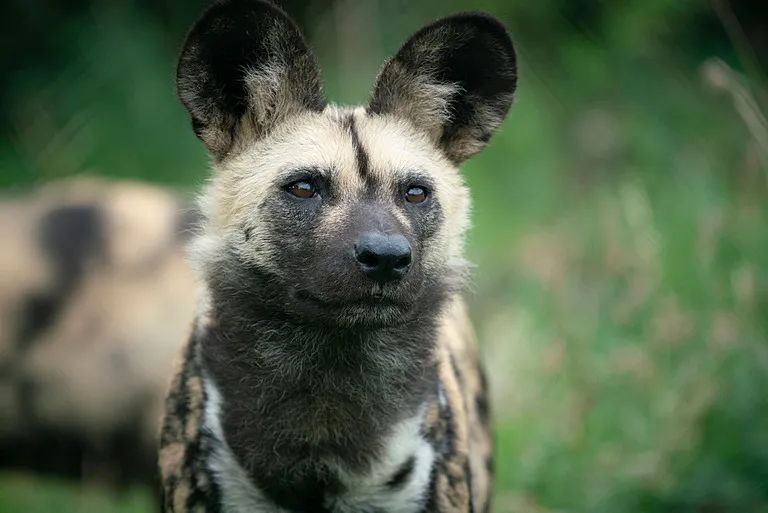
The largest wild canid in Africa, the African wild dog is also known as the painted dog, Cape hunting dog and painted wolf. It lives in social packs, sometimes just two individuals or up to almost 30 adults and pups. The packs typically hunt antelopes, but may hunt smaller prey such as rodents, birds and hares.
Exclusive interview with series producer Rowan Crawford
Why do a series on canids?
Never has the nation been so obsessed with dogs! Following the pandemic puppy craze there are now more than a billion domestic dogs across the globe – making now the ideal time delve into the world of their wild cousins. We hope to reveal where the intelligence, agility, loyalty and sheer ‘doggedness’ of the wolf in your own living room really came from!
Sadly however, whilst domestic dogs are growing in number, our wild species are in decline. Almost a third of wild dog species are now listed as threatened or near-threatened with extinction. Some species have less than 20 individuals left in the wild.
And this decline is almost always directly down to us humans. If we love our pet dogs so much, it’s really important that we recognise the pressure their wild cousins are under - and hopefully a series like this will inspire people to do something about it.
Were there any particularly difficult sequences to film?

The hardest of all the species to film was probably the fennec fox. This is the smallest of all the dogs and lives in the blistering heat of the Sahara Desert. They are tiny! Roughly the size of a walking boot. Imagine trying to find that in the vast expanse of the Sahara Desert?! They are also incredibly shy and have an acute sense of smell, so even once the team had finally located a burrow, they weren’t guaranteed more than a glimpse.
It took them almost two weeks to get their first usable shot on camera, and it took all of their patience and resolve to keep going. In the end it paid off. Not only did they capture a beautiful insight into how these animals survive in one of the most inhospitable places on earth; but they also created a second sequence, revealing the devastating human impact tourism is having on this tiny animal. A powerful sequence that as a team we are all very proud of.
Are there any particularly memorable sequences that readers will enjoy?

The dingo sequence in episode one for me is one of the most memorable – and I think most beautiful in the series. This is kind of a redemption story for this species. They’re not popular in Australia and generally speaking have a bad reputation, yet here we’ve shown how important they are in keeping a delicate ecosystem in balance. Their good looks coupled with the stunning location of K’gari Island in Queensland and it’s feast for the eyes!
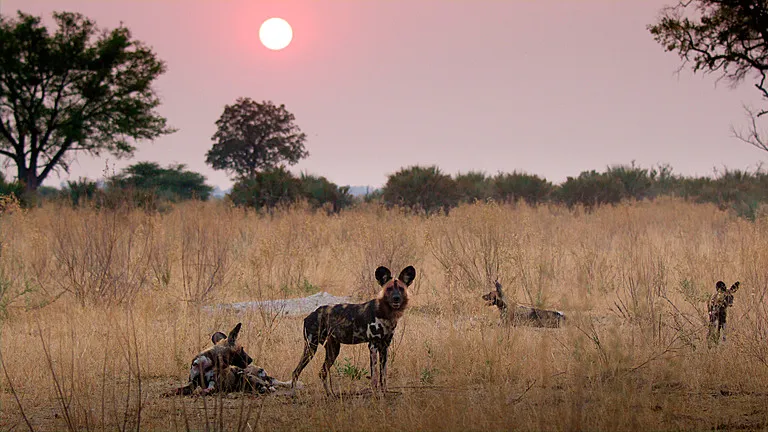
Another sequence that I found fascinating is the broken heart syndrome in African wild dogs story that’s in episode three. Not only is this truly surprising science, but it’s also proof that dogs have feelings. They need their family and friends – their pack – not just physically to hunt together etc, but they also need each other emotionally to survive.
